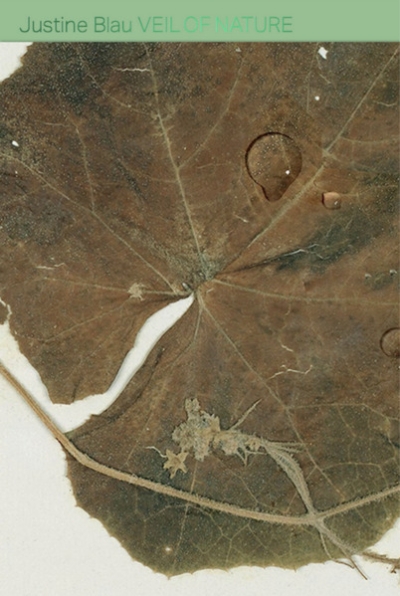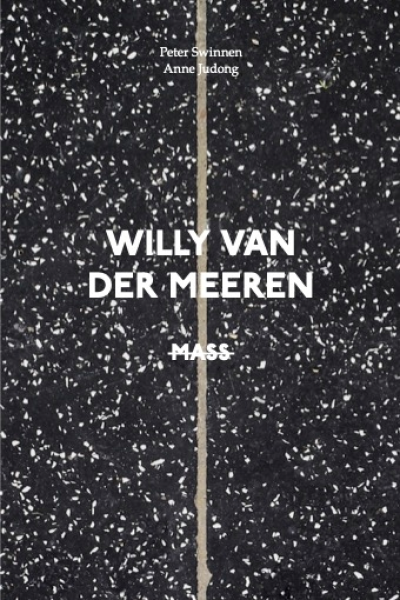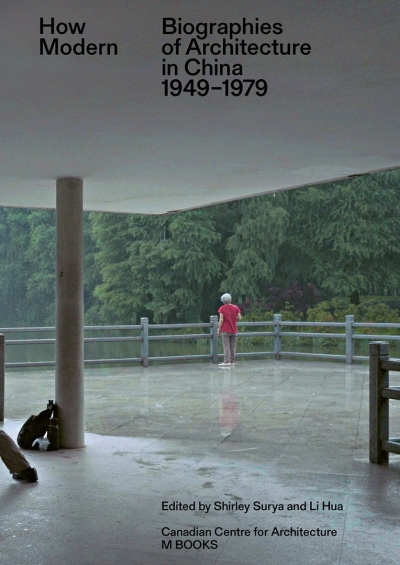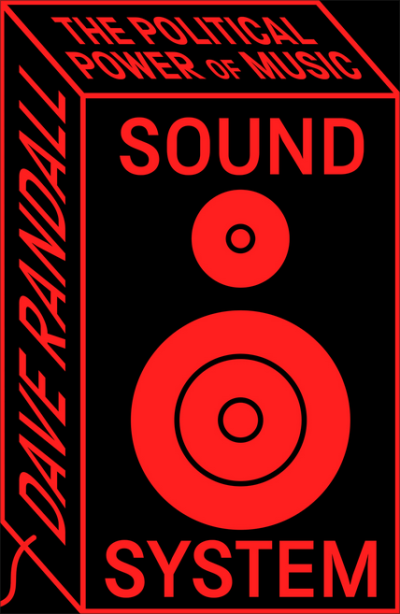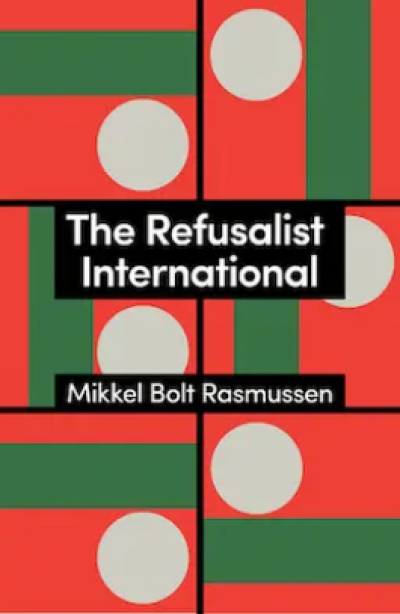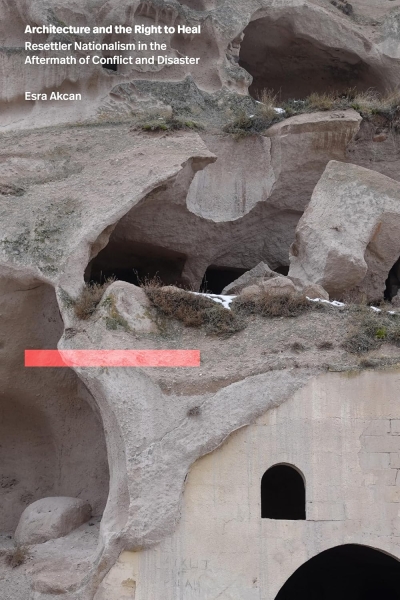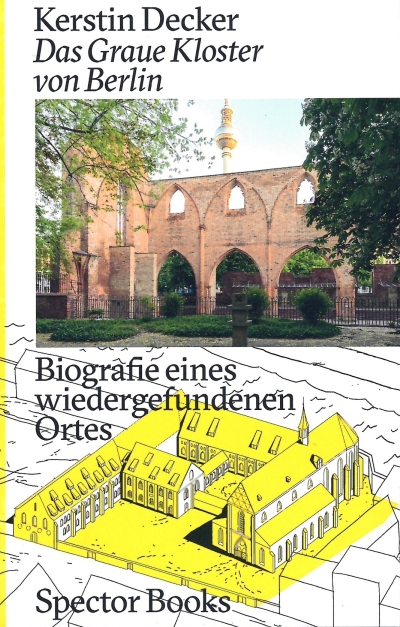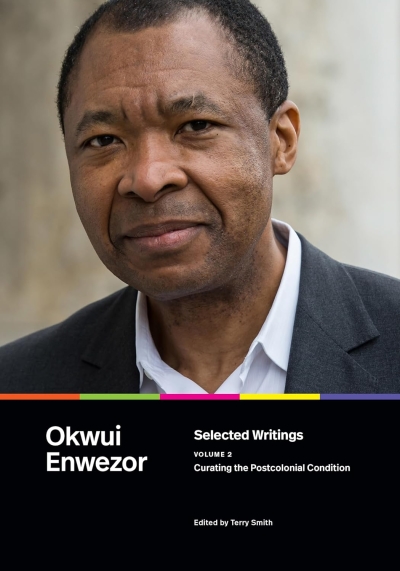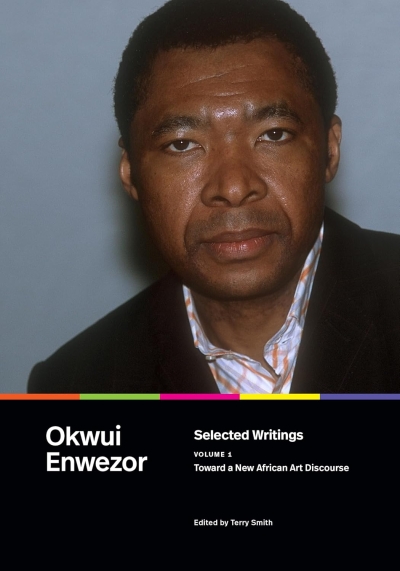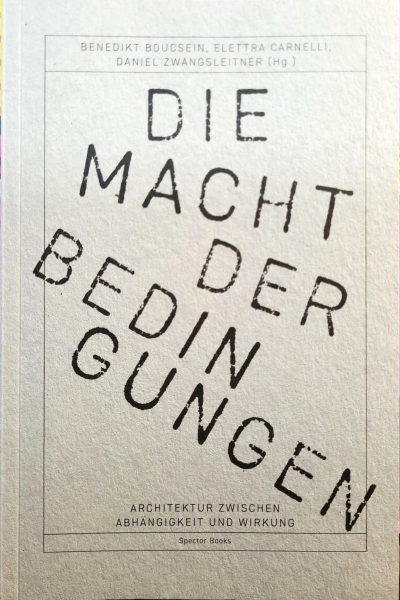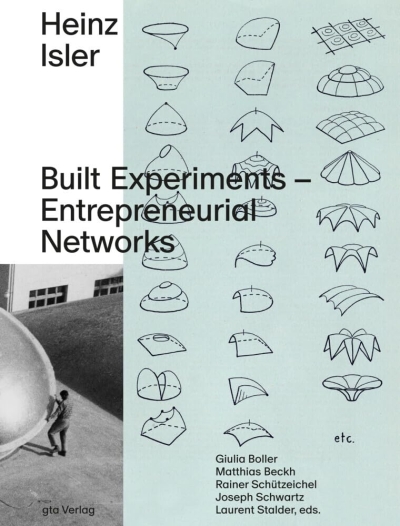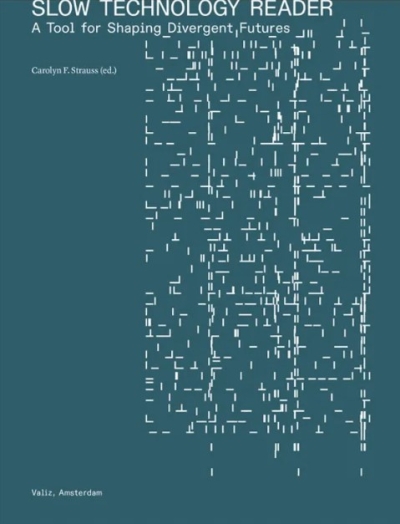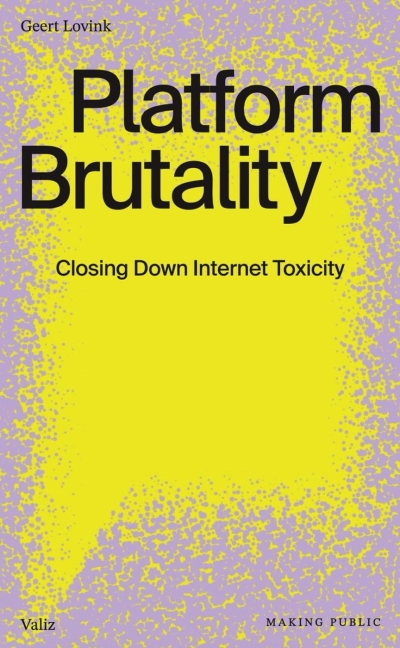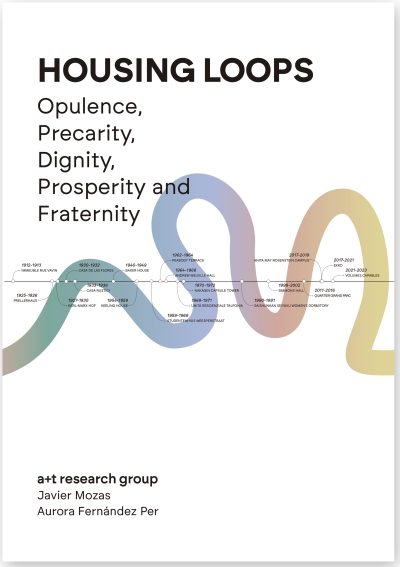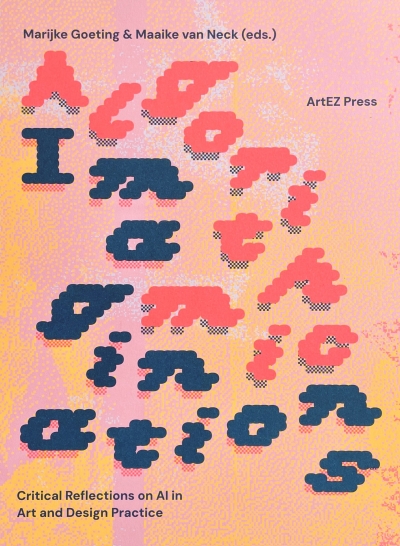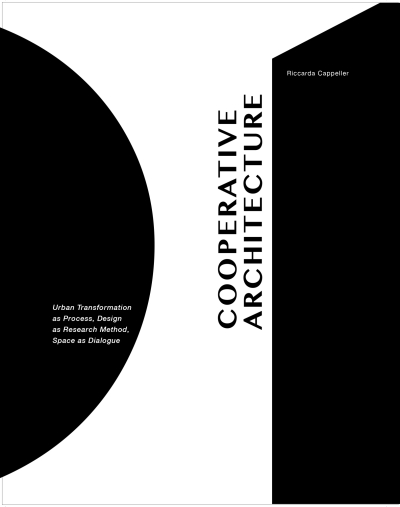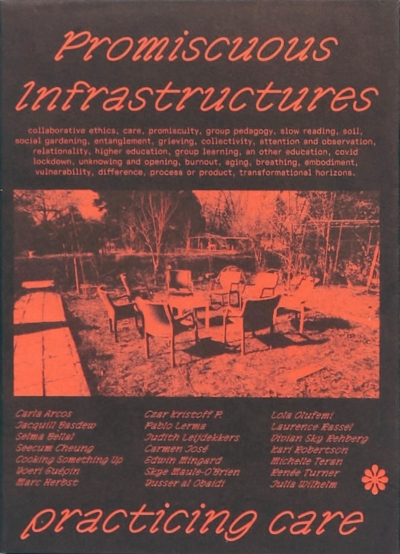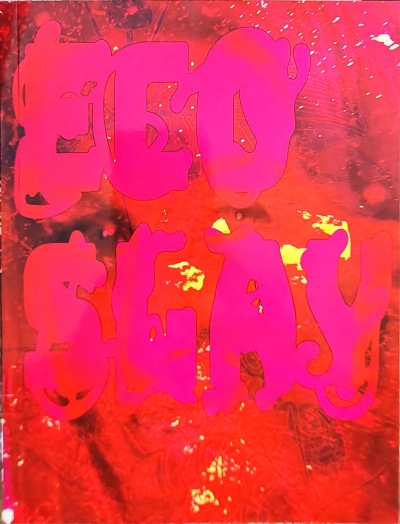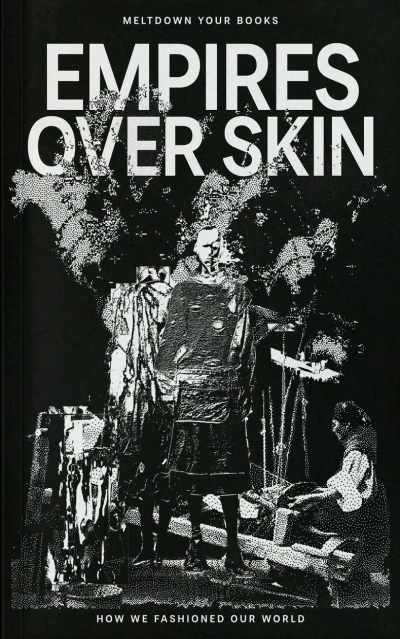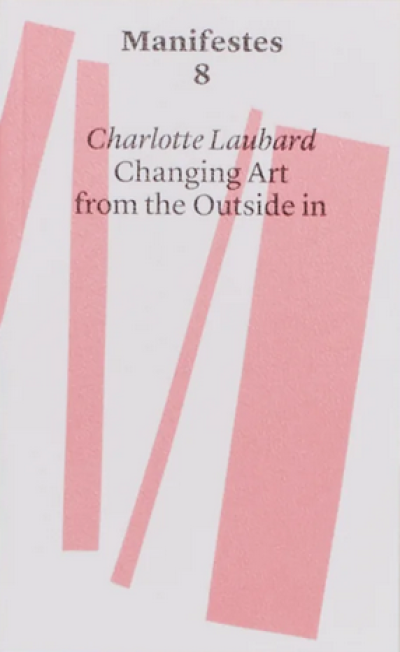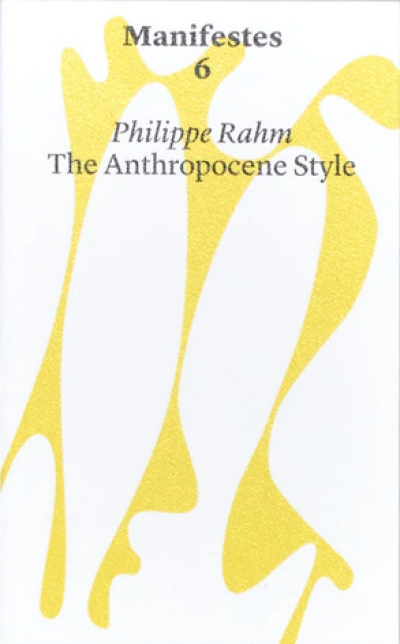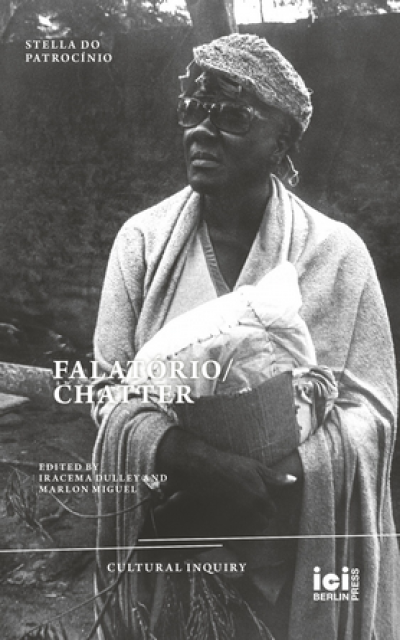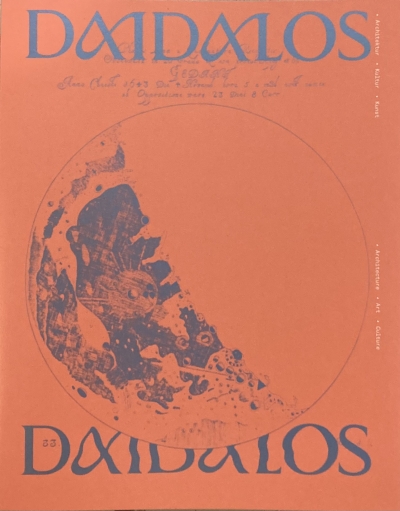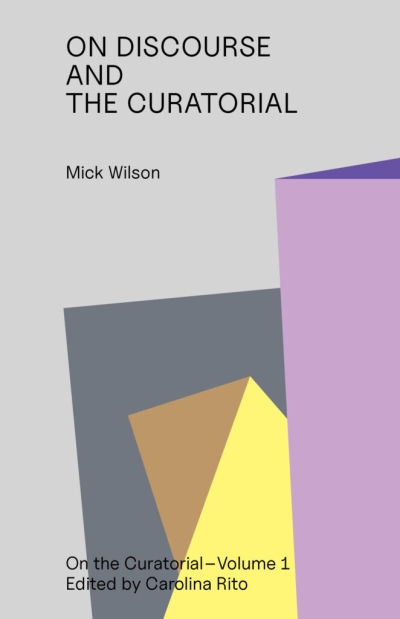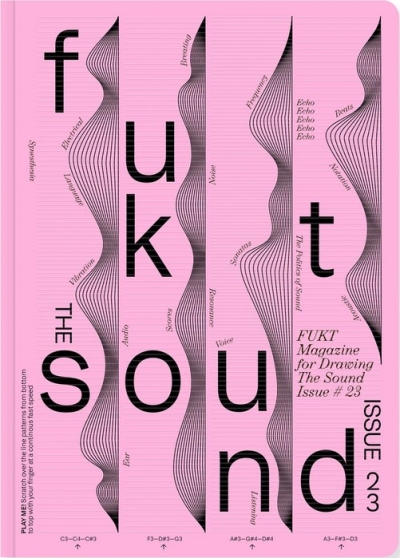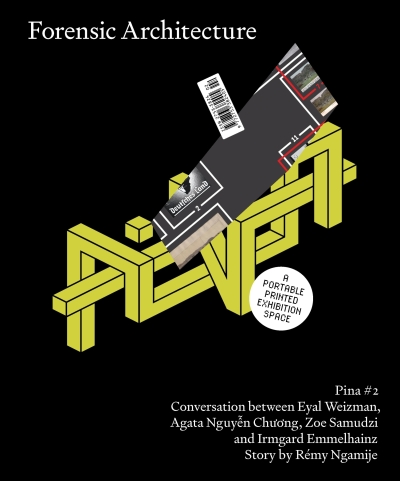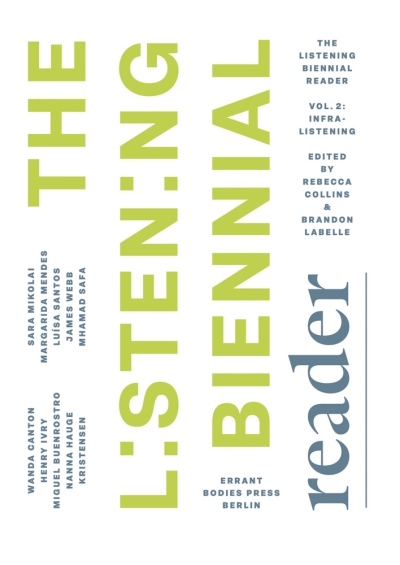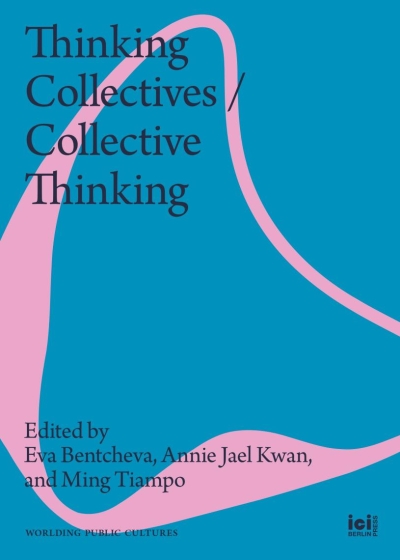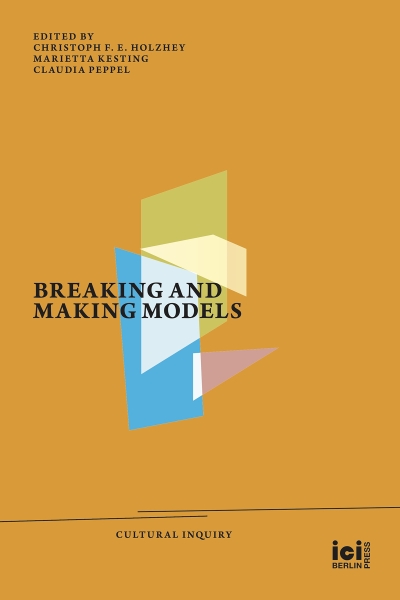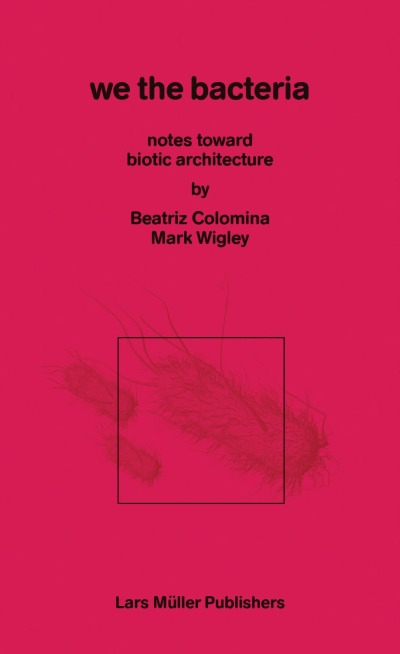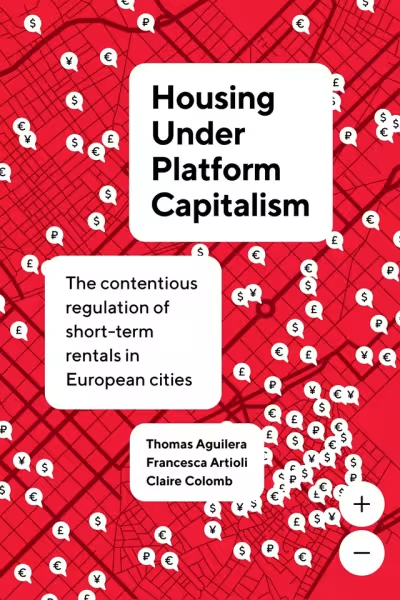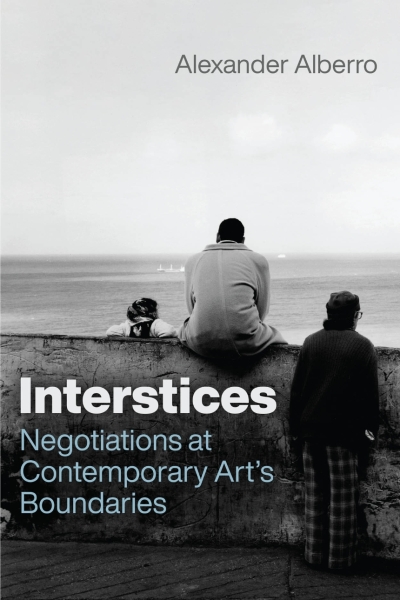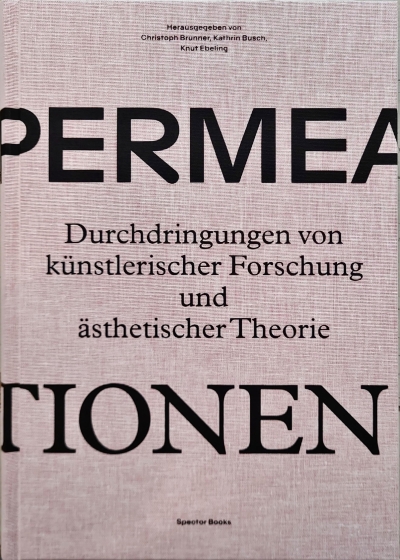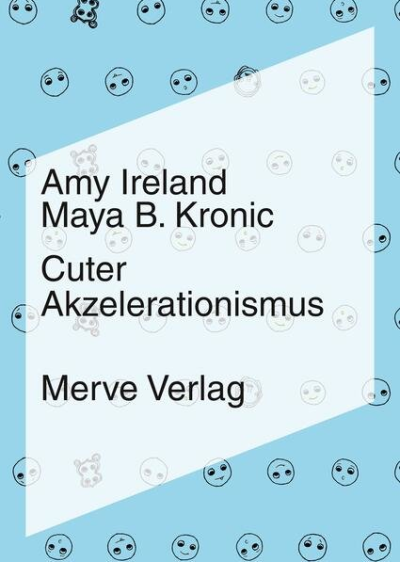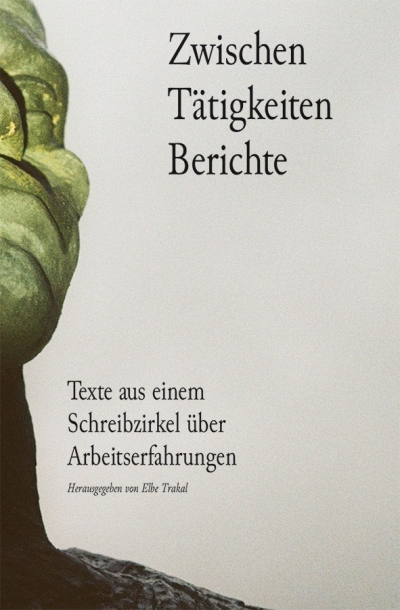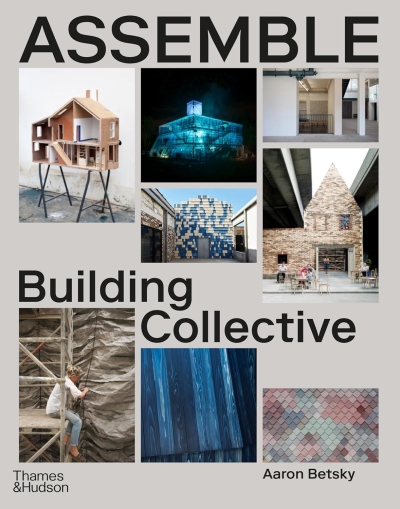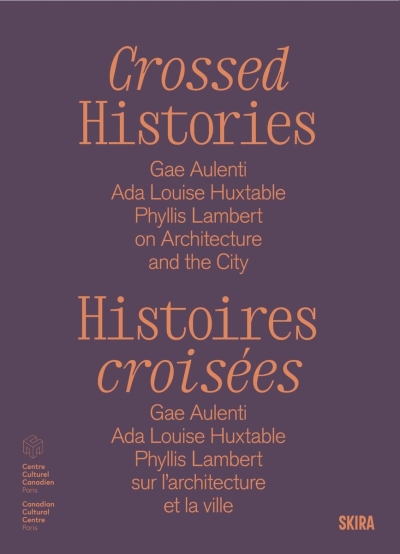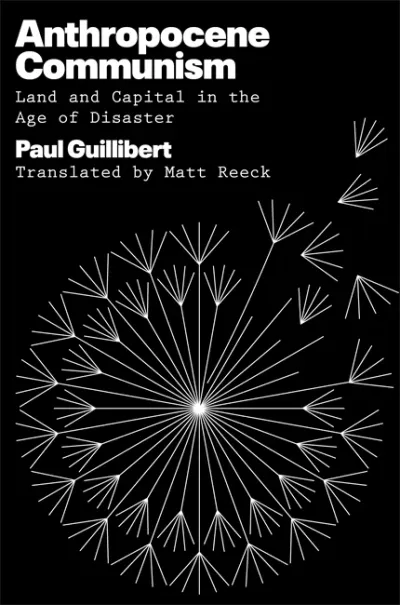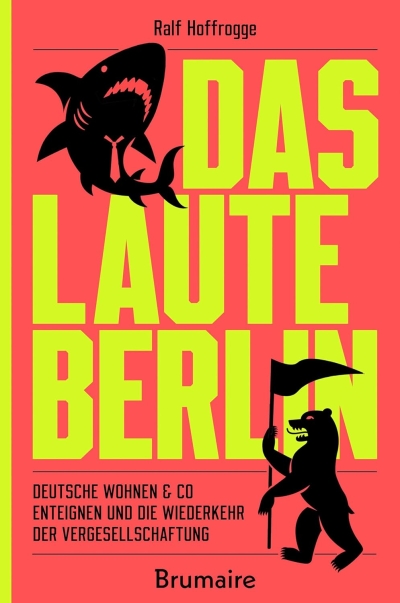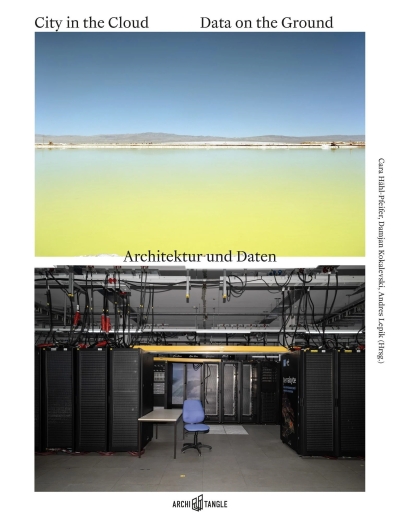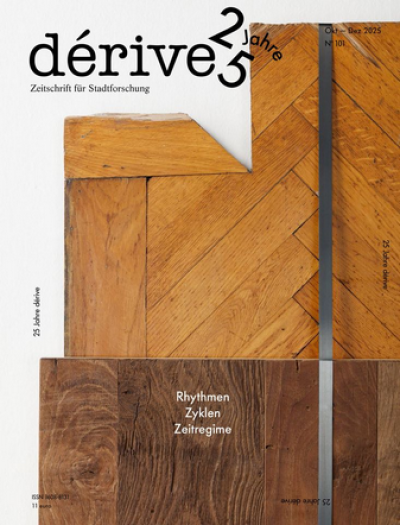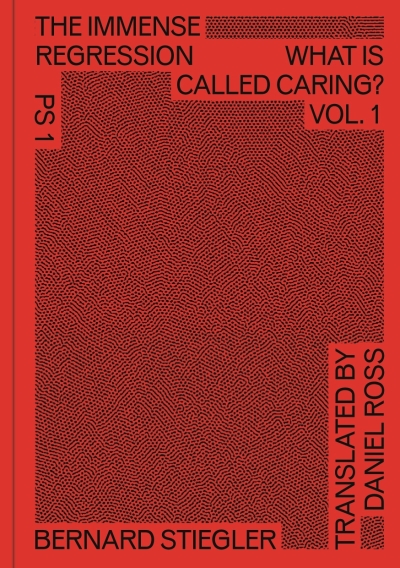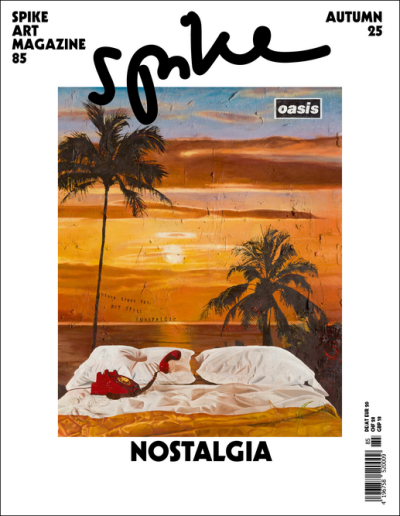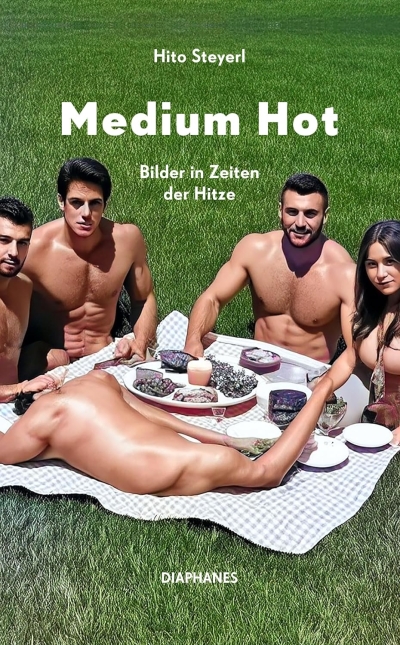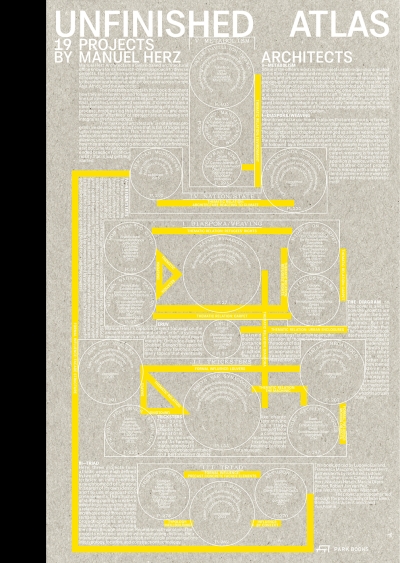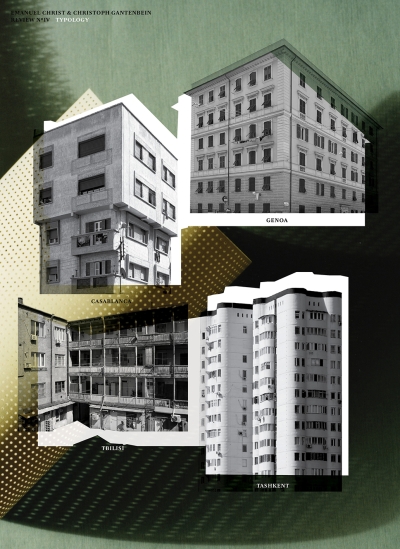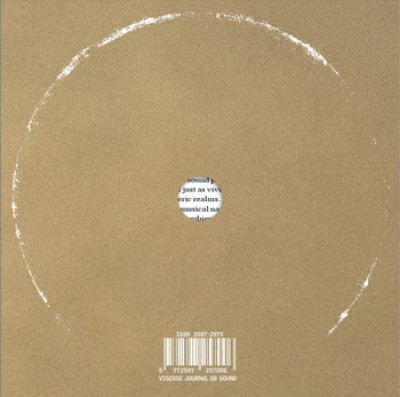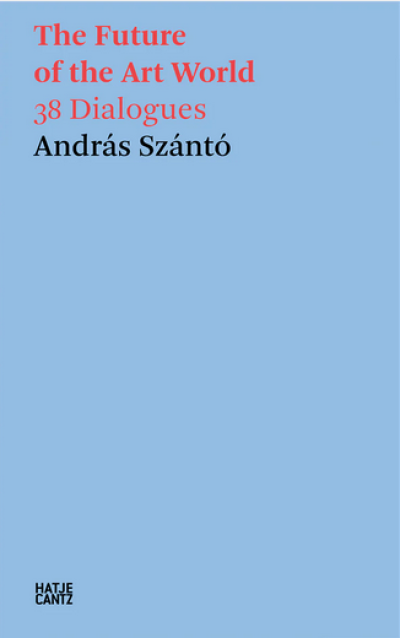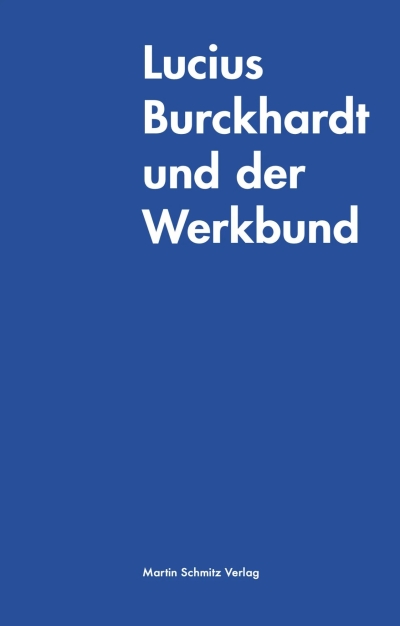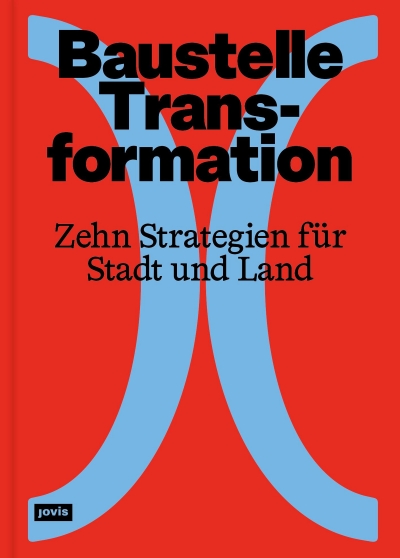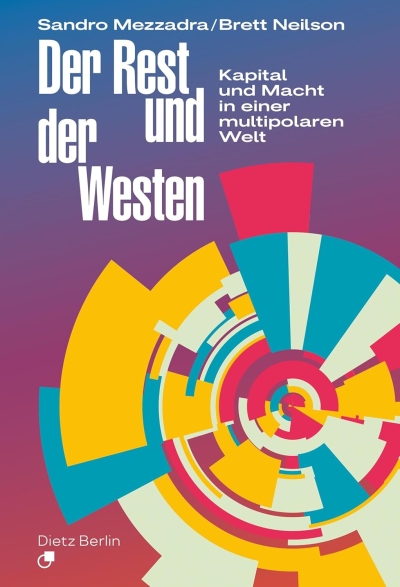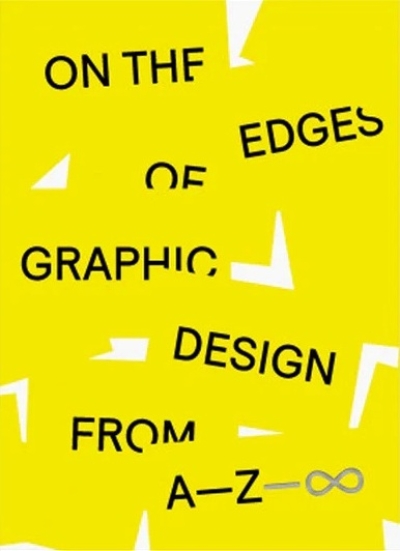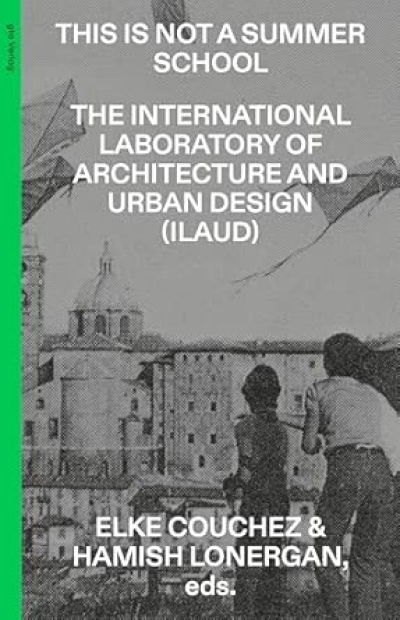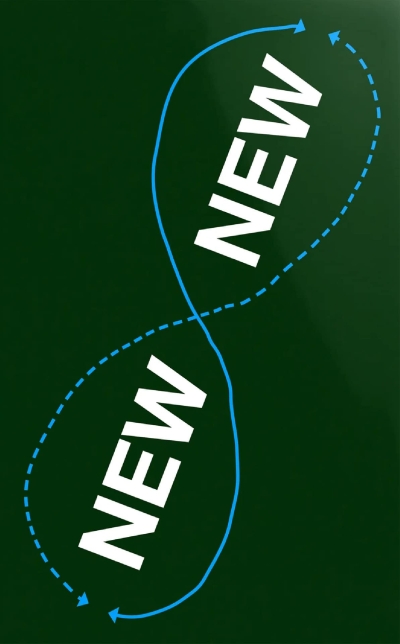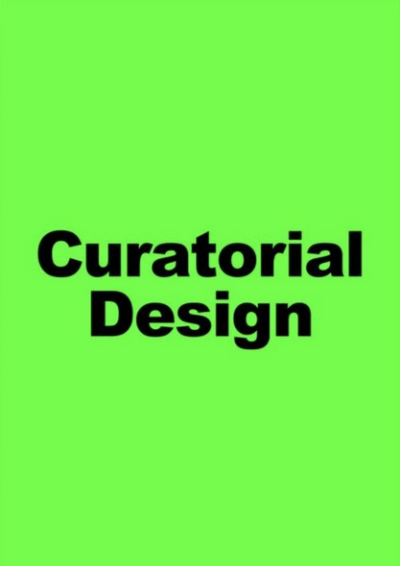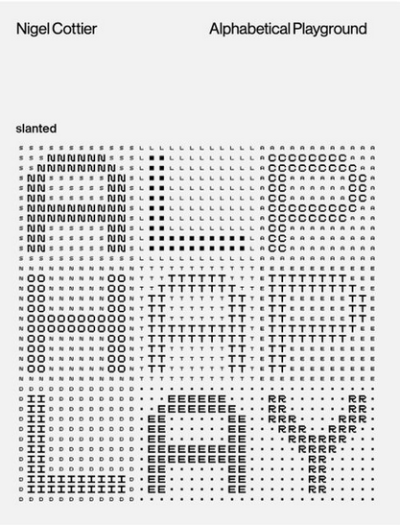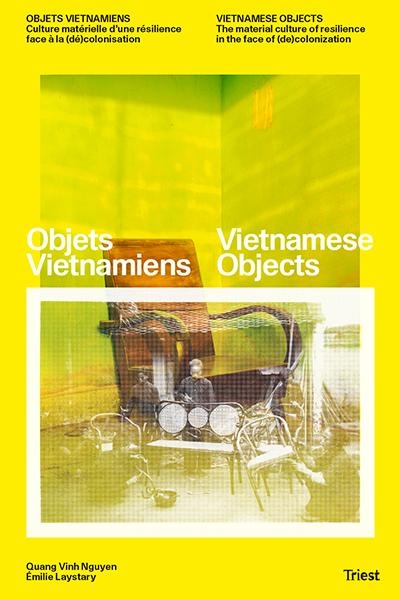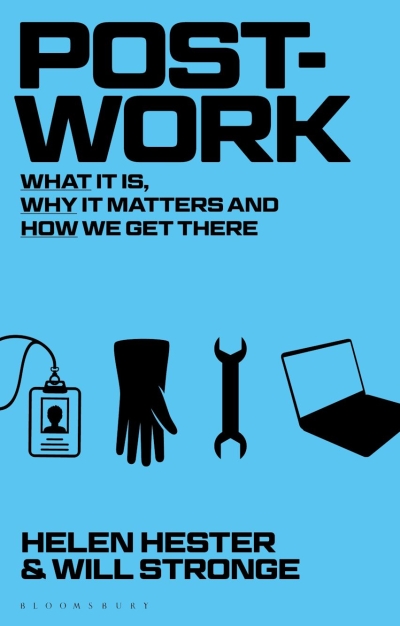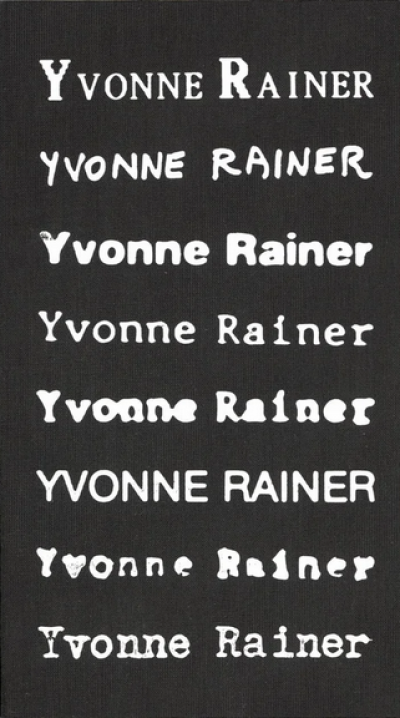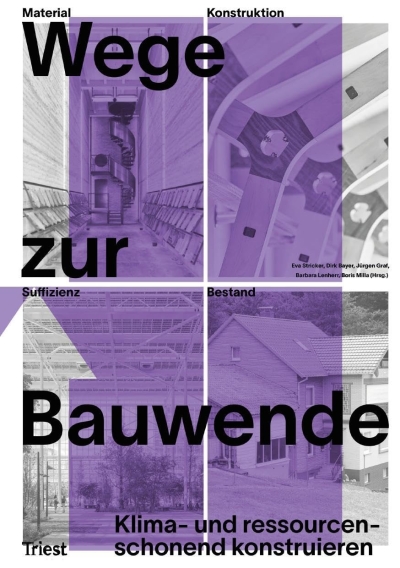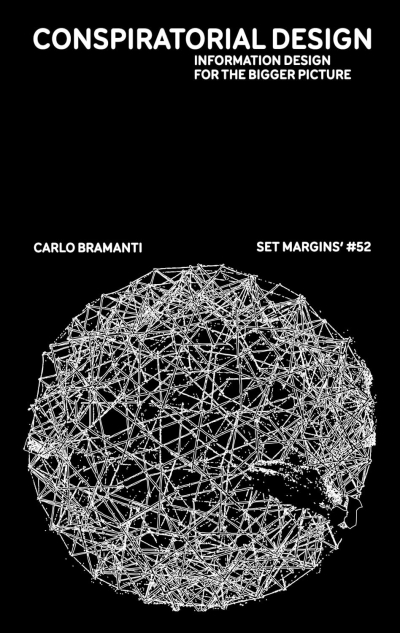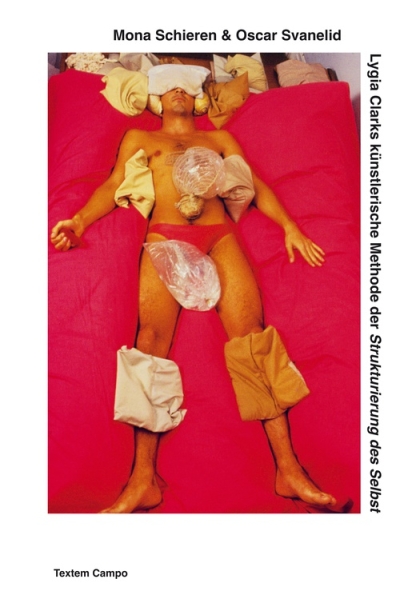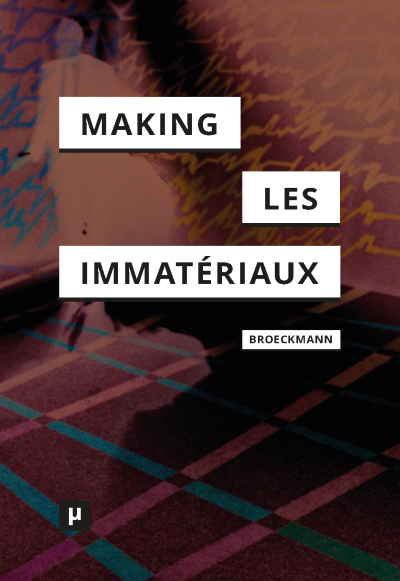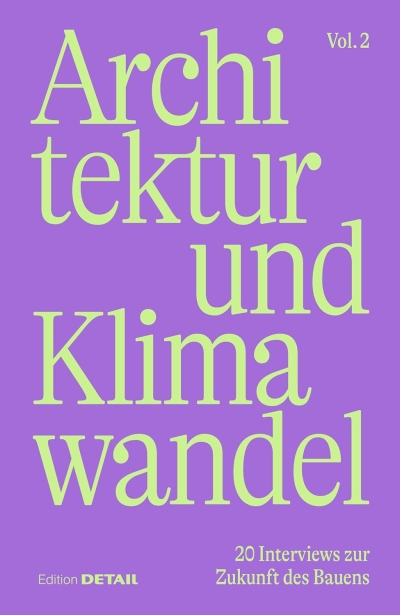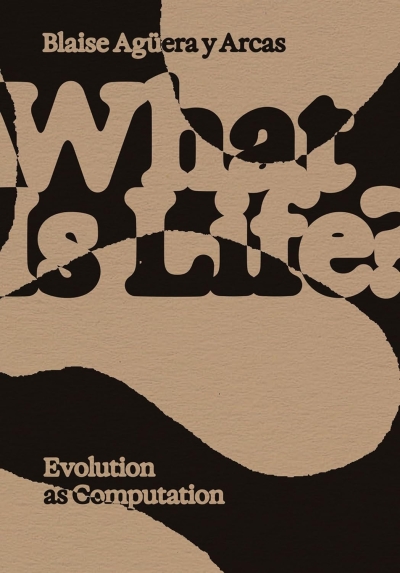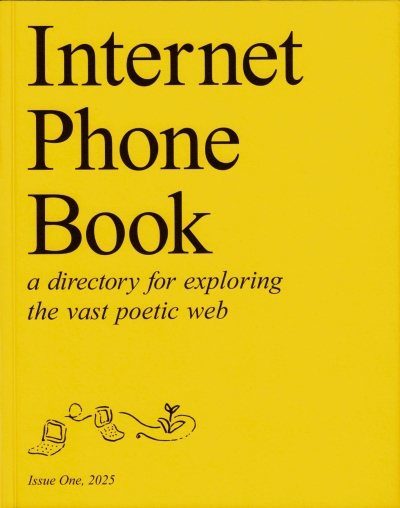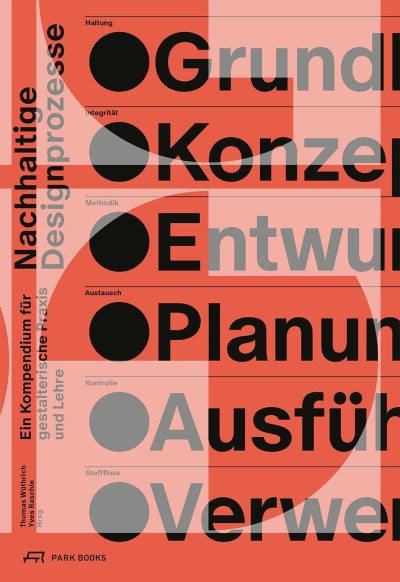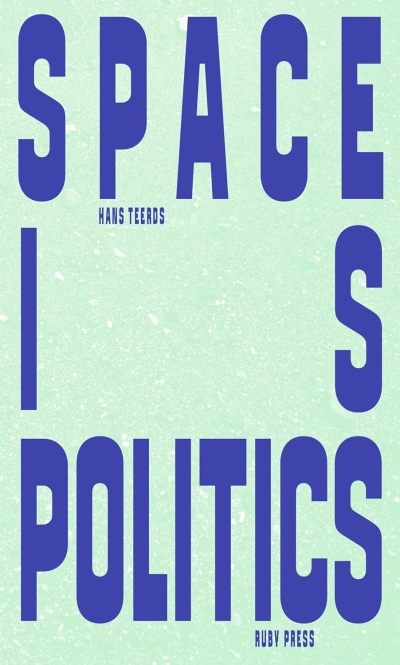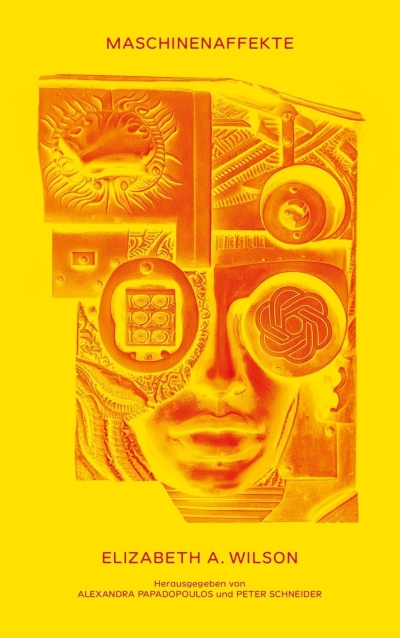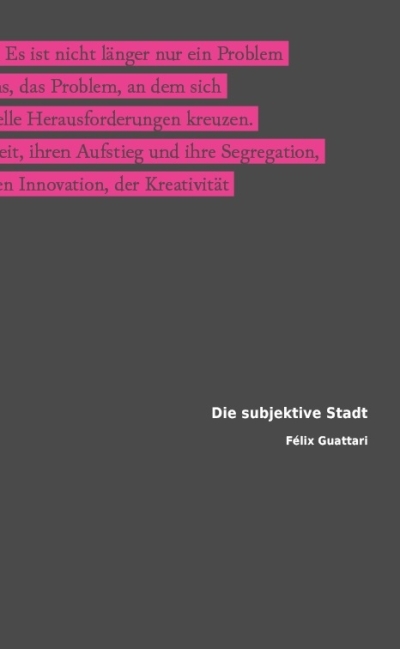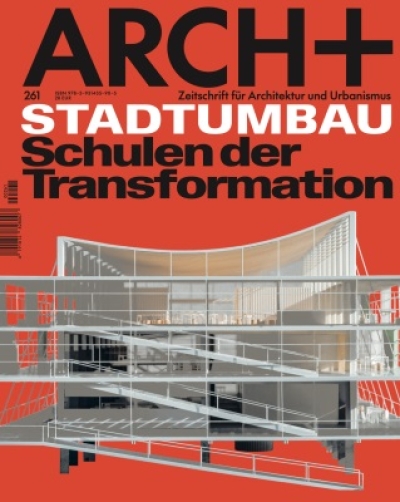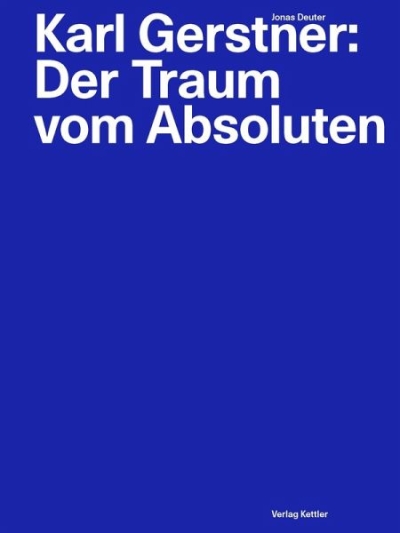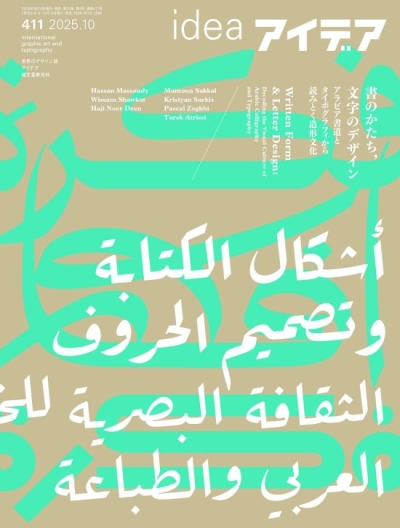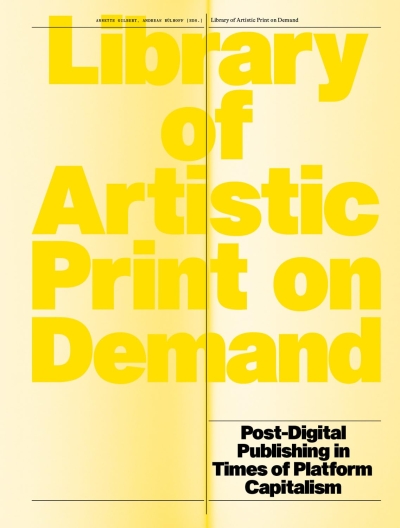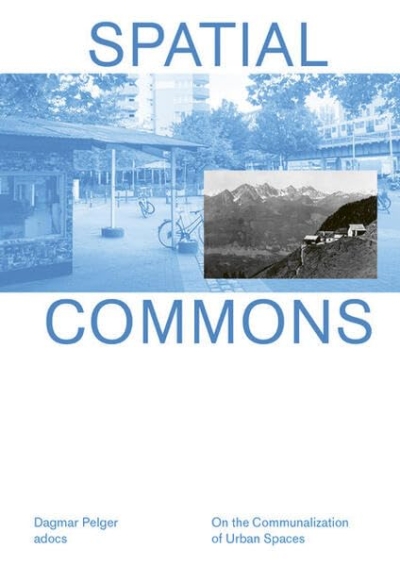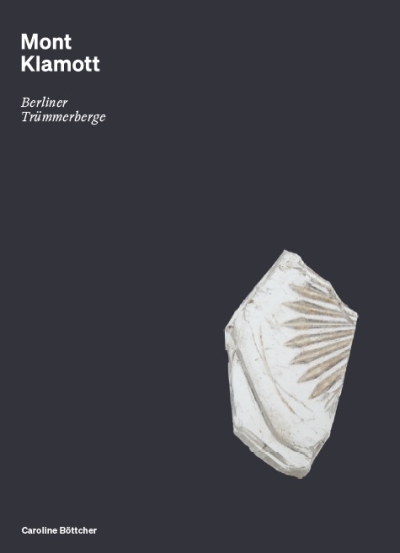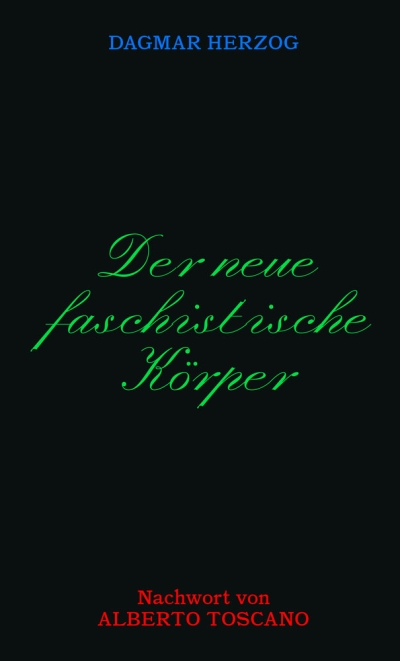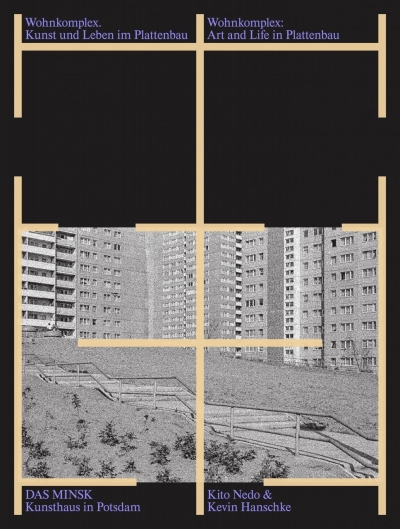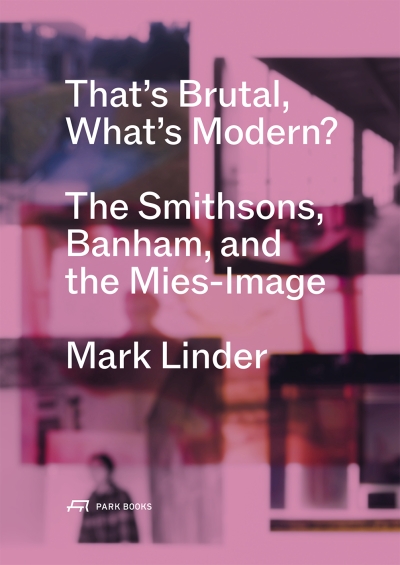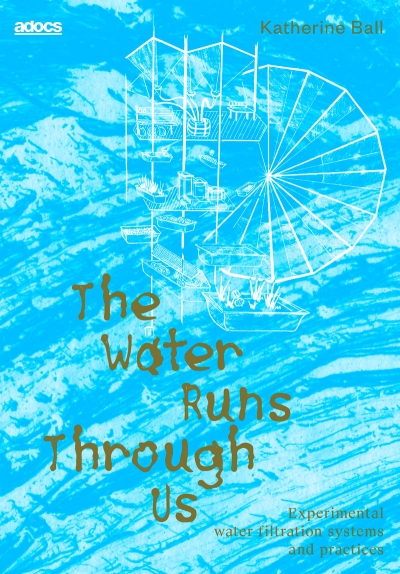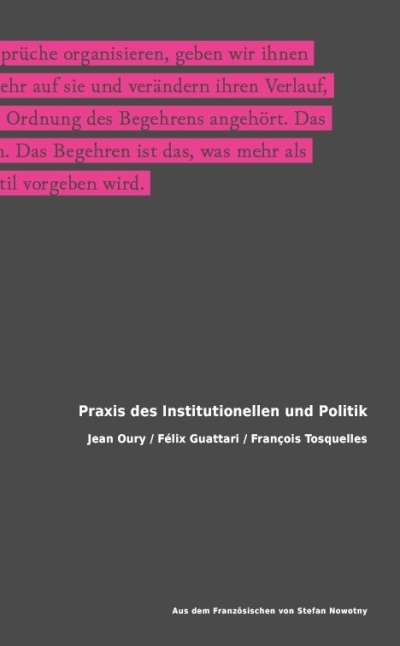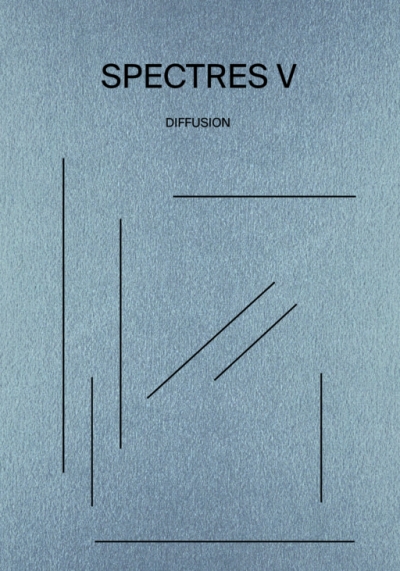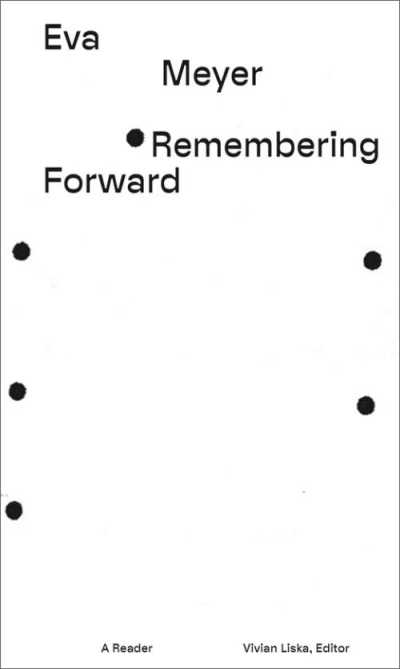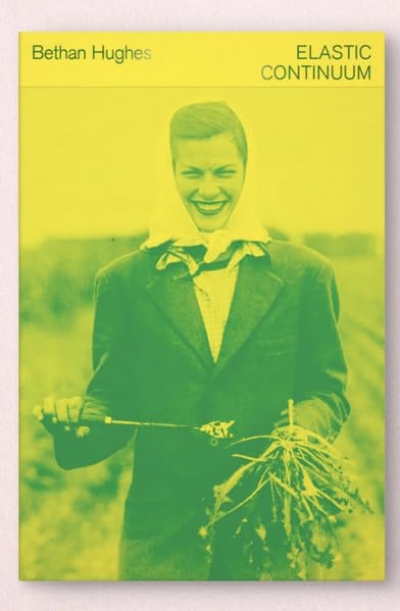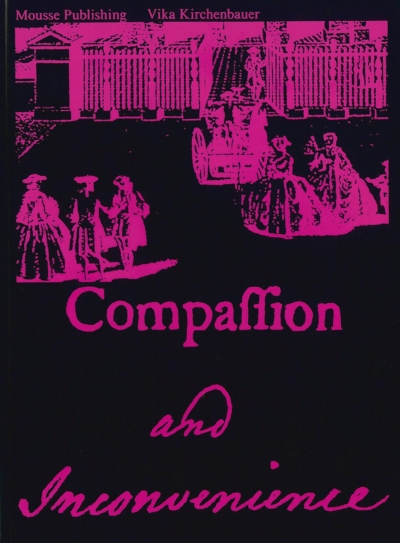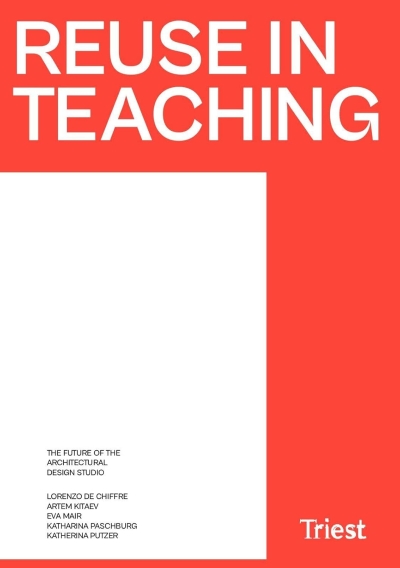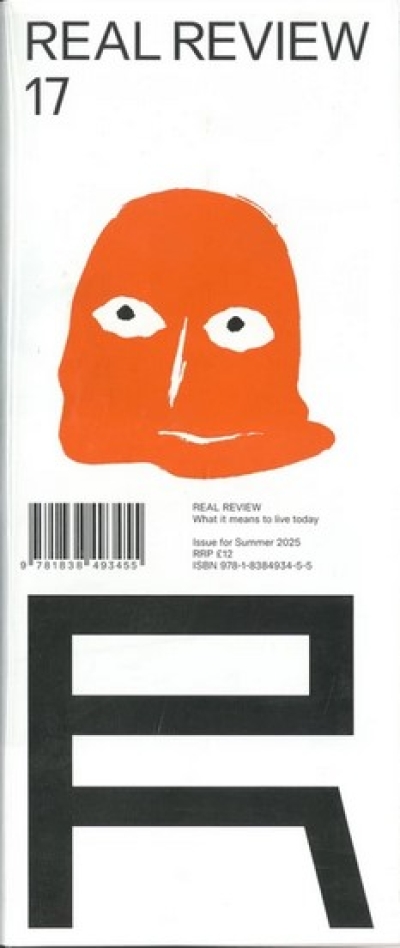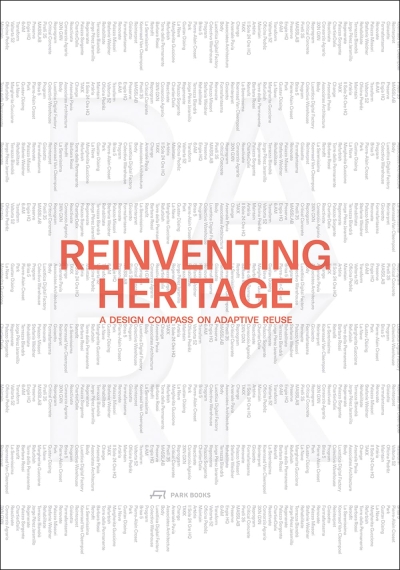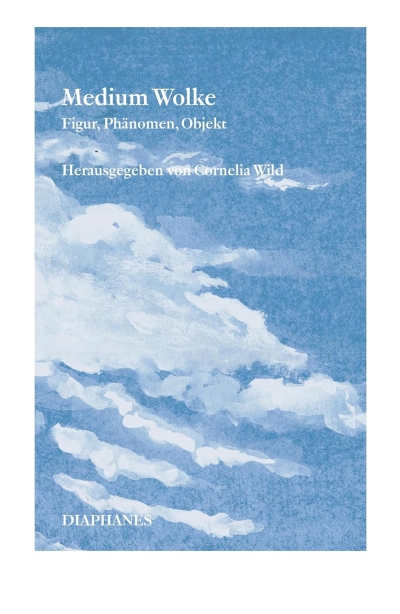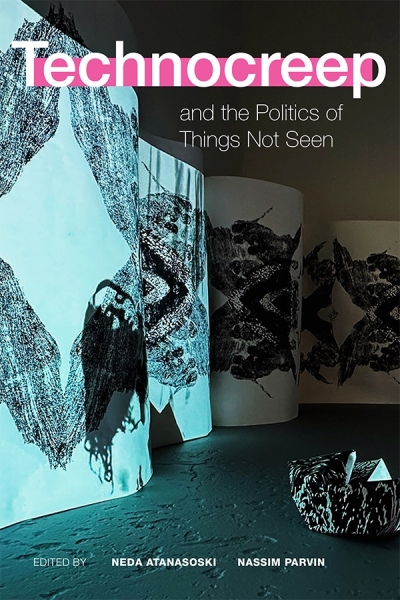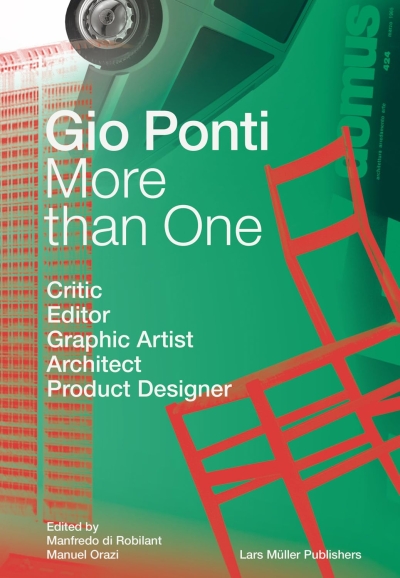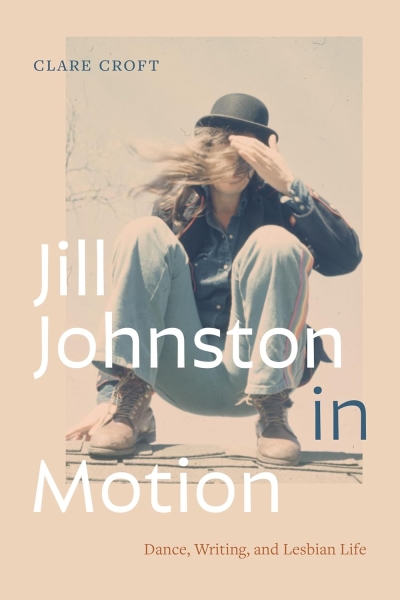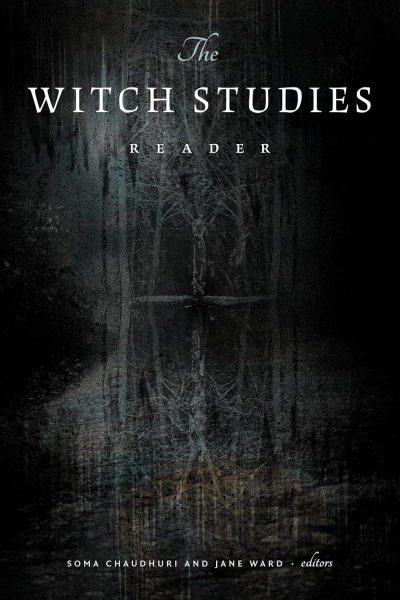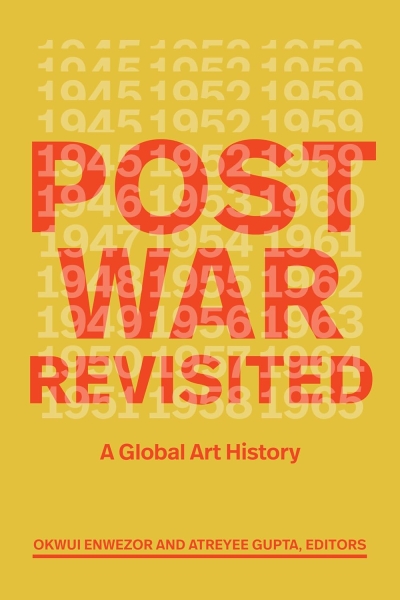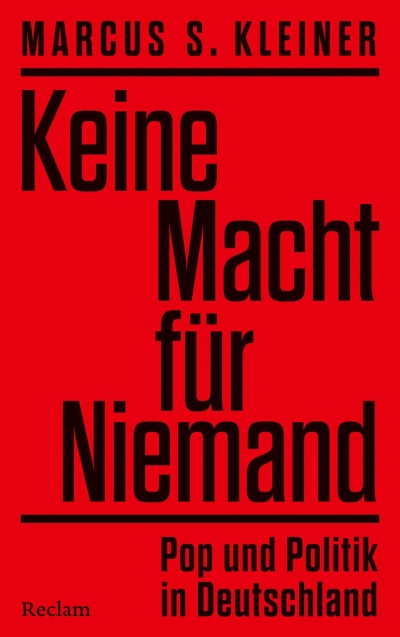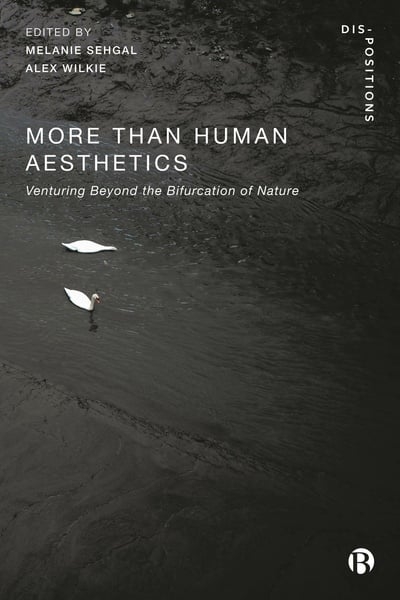Peter Swinnen, Anne Judong (eds.)
Willy Van Der Meeren. Mass
Shirley Surya, Li Hua (Eds.) Canadian…
How Modern. Biographies of Architecture in China 1949–1979
Dave Randall
Sound System. The Political Power of Music
Mikkel Bolt Rasmussen
The Refusalist International. A Theory of the New Protest…
Esra Akcan
Architecture and the Right to Heal. Resettler Nationalism…
Kerstin Decker (Autorin), Ute Müller-…
Das Graue Kloster von Berlin. Biografie eines…
Okwui Enwezor, Terry Smith (Ed.)
Okwui Enwezor. Selected Writings. Volume 2. Curating the…
Okwui Enwezor, Terry Smith (Ed.)
Okwui Enwezor. Selected Writings. Volume 1. Toward a New…
Benedikt Boucsein, Elettra Carnelli,…
Die Macht der Bedingungen. Architektur zwischen…
Giulia Boller, Matthias Beckh, Rainer…
Heinz Isler. Built Experiments – Entrepreneurial Networks
gerade nicht auf Lager
Carolyn F. Strauss (ed.)
Slow Technology Reader
Geert Lovink
Platform Brutality. Closing Down Internet Toxicity
Javier Mozas, Aurora Fernández Per
Housing Loops. Opulence, Precarity, Dignity, Prosperity and…
Marijke Goeting & Maaike van Neck (…
Algorithmic Imaginations. Critical Reflections on AI in Art…
Riccarda Cappeller
Cooperative Architecture. Urban Transformation as Process,…
Michelle Teran, Marc Herbst, Vivian Sky…
Promiscuous Infrastructures. Practising Care
Camille Belmin (Ed)
Ecoslay – An Anthology
Meltdown Your Books
Empires Over Skin. How we Fashioned our World
Claus Krieger
111 Architekturbaukästen
Basile Baudez, Victoria Bergbauer (Hg.)
Carceral Architecture
Charlotte Laubard
Manifestes 8. Changing Art from the Outside in
Philippe Rahm
Manifestes 6. The Anthropocene Style
Iracema Dulley, Marlon Miguel (eds.)
Stella do Patrocínio. Falatório/Chatter
Christoph Ramisch (ed.)
Daidalos 24-25
Mick Wilson
On Discourse and the Curatorial
Bjørn Hegardt (Ed.)
FUKT #23 – The Sound Issue
pinamagazine.com
Pina Issue 2
Brandon LaBelle (Ed.)
The Listening Biennial Reader - Vol 2: Infralistening
Eva Bentcheva, Annie Jael Kwan, Ming…
Thinking Collectives / Collective Thinking
Christoph F. E. Holzhey, Marietta…
Breaking and Making Models
Beatriz Colomina, Mark Wigley
We the Bacteria. Notes Toward Biotic Architecture
Thomas Aguilera, Francesca Artioli,…
Housing Under Platform Capitalism. The Contentious…
Alexander Alberro
Interstices. Negotiations at Contemporary Art’s Boundaries
Christoph Brunner, Kathrin Busch, Knut…
Permeationen. Durchdringungen von künstlerischer Forschung…
Amy Ireland, Maya B. Kronic
Cuter Akzelerationismus
Elbe Trakal (Hg.)
Zwischen Tätigkeiten Berichte
Aaron Betsky
Assemble. Building Collective
Catherine Bedard, Lea-Catherine Szacka
Crossed Histories: Gae Aulenti, Ada Louise Huxtable,…
Paul Guillibert
Anthropocene Communism
Ralf Hoffrogge
Das laute Berlin. Deutsche Wohnen & Co enteignen und…
Cara Hähl-Pfeifer, Damjan Kokalevski,…
City in the Cloud – Data on the Ground. Architektur und…
dérive
dérive N° 101, Rhythmen, Zyklen, Zeitregime (Okt - Dez 2025)
Bernard Stiegler. Translated by Daniel…
Bernard Stiegler, The Immense Regression: What Is Called…
Spike
Spike Art Magazine Issue 85 Nostalgia
Hito Steyerl
Medium Hot. Bilder in Zeiten der Hitze
Ludovic Balland, Francesca Mautone,…
Unfinished Atlas. 19 Projects by Manuel Herz Architects
Emanuel Christ, Victoria Easton, Giulio…
Review No IV. Typology - Tashkent, Genoa, Tbilisi,…
Jeppe Ugelvig (Ed.), Bill Kouligas,…
Viscose Journal 08. Sound
András Szántó
The Future of the Art World. 38 Dialogues
Lucius Burckhardt, Martin Schmitz (Hg)
Lucius Burckhardt und der Werkbund
Olaf Bahner, Laura Holzberg, Bund…
Baustelle Transformation. Zehn Strategien für Stadt und Land
Sandro Mezzadra, Brett Neilson
Der Rest und der Westen. Kapital und Macht in einer…
Anja Lutz, Soraya Guimarães Hoepfner (…
On the Edges of Graphic Design from A—Z—∞. A Space for…
Elke Couchez & Hamish Lonergan
This Is Not a Summer School. The International Laboratory…
Matter Of (eds.)
New New Typography. Adventures in Transborder Typography
gerade nicht auf Lager
Wilfried Kuehn, Dubravka Sekulić (eds.)
Curatorial Design. A Place Between
Nigel Cottier (ed.)
Alphabetical Playground
Quang Vinh Nguyen, Émilie Laystary (…
Vietnamese Objects. The material culture of resilience in…
Helen Hester, Will Stronge
Post-work. What It Is, Why It Matters and How We Get There
Terrassen
Yvonne Rainer. Privilege - Yvonne Rainer Filmography
Eva Stricker, Dirk Bayer, Jürgen Graf,…
Wege zur Bauwende. Klima- und ressourcenschonend…
Carlo Bramanti
Conspiratorial Design. Information design for the bigger…
Mona Schieren, Oscar Svanelid
Lygia Clarks künstlerische Methode der Strukturierung des…
Andreas Broeckmann
The Making of Les Immatériaux
Sandra Hofmeister (Hg)
Architektur und Klimawandel (Vol. 2). 20 Interviews zur…
Blaise Agüera y Arcas
What Is Life? Evolution as Computation
gerade nicht auf Lager
Kristoffer Tjalve, Elliott Cost (Eds.)
Internet Phone Book. A directory for exploring the vast…
Thomas Wüthrich, Yves Raschle
Nachhaltige Designprozesse. Leitfaden für die…
Hans Teerds
Space Is Politics. A Manifesto on Architecture
Elizabeth A. Wilson (Autorin),…
Maschinenaffekte
Félix Guattari (Autor), Volker Bernhard…
Die subjektive Stadt. Schriften zu Architektur und…
gerade nicht auf Lager
Arch+
ARCH+ 261 Stadtumbau – Schulen der Transformation (…
Jonas Deuter
Karl Gerstner: Der Traum vom Absoluten. Struktur und…
IDEA Magazine
Idea 411. Written Form & Letter Design: Decoding the…
Annette Gilbert, Andreas Bülhoff (Hg)
Library of Artistic Print on Demand. Post-Digital…
Dagmar Pelger
Spatial Commons. On the Communalization of Urban Spaces
Caroline Böttcher
Mont Klamott. Berliner Trümmerberge
Dagmar Herzog
Der neue faschistische Körper
gerade nicht auf Lager
DAS MINSK Kunsthaus in Potsdam (Hg)
Wohnkomplex. Kunst und Leben im Plattenbau
Mark D. Linder
That's Brutal, What's Modern? The Smithsons,…
Katherine Ball
The Water Runs Through Us. Experimental Water Filtration…
Stefan Nowotny (Hg)
Praxis des Institutionellen und Politik. Jean Oury / Félix…
Francois J. Bonnet, Bartolomé Sanson
Spectres V. Diffusion
Vivian Liska (ed)
Eva Meyer. Remembering Forward
Bethan Hughes
Bethan Hughes. Elastic Continuum
Ilaria Bombelli (Hg)
Vika Kirchenbauer. Compassion and Inconvenience
Lorenzo De Chiffre, Artem Kitaev, Eva…
Reuse in Teaching. The Future of the Architectural Design…
gerade nicht auf Lager
Jack Self (Ed.)
Real Review #17
Filippo Pagliani, Michele Rossi,…
The Reinventing Heritage. A Design Compass on Adaptive Reuse
gerade nicht auf Lager
Cornelia Wild (Hg)
Medium Wolke. Figur, Phänomen, Objekt
gerade nicht auf Lager
Neda Atanasoski, Nassim Parvin (Hg)
Technocreep and the Politics of Things Not Seen
Manfredo di Robilant, Manuel Orazi
Gio Ponti. More than One. Critic, Editor, Graphic Artist,…
Clare Croft
Jill Johnston in Motion. Dance, Writing, and Lesbian Life
Soma Chaudhuri, Jane Ward (Hg)
The Witch Studies Reader
Okwui Enwezor, Atreyee Gupta (Hg)
Postwar Revisited. A Global Art History
Marcus S. Kleiner
Keine Macht für Niemand. Pop und Politik in Deutschland
Judith Butler
Wer hat Angst vor Gender?
gerade nicht auf Lager
Melanie Sehgal and Alex Wilkie (Eds)
More-Than-Human Aesthetics. Venturing Beyond the…
